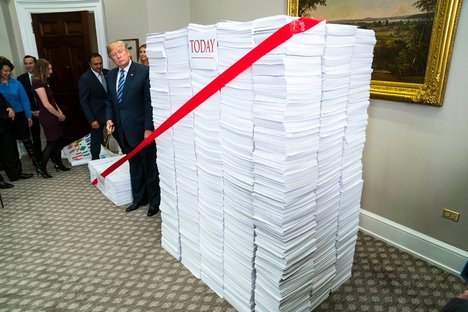(p. B19) Günter Blobel, a molecular biologist who was awarded the 1999 Nobel Prize in Medicine for discovering that proteins in any living cell have virtual ZIP codes that guide them to where they can help regulate body tissues, organs and chemistry, died on Sunday [February 18, 2018] in Manhattan. He was 81.
. . .
The cause was cancer.
. . .
He spent nearly all his working life at Rockefeller University, what he regarded as the Valhalla of research.
Like many scientific advances, Dr. Blobel’s had no moment of “Eureka!” It unfolded over 30 years of painstaking, often frustrating, but occasionally thrilling investigation: a process of building on others’ work, intuitive thinking to form new hypotheses, and testing, using the results to modify his theories, and then testing and modifying again and again.
Driven to find underlying causes of diseases that were being treated for symptoms, and funded by the National Institutes of Health and the Howard Hughes Medical Institute, he successively developed five models of his original “beautiful idea.” Along the way he won many prestigious awards, some for essentially the same insights recognized later by the Nobel committee.
For the full obituary, see:
ROBERT D. McFADDEN. “Günter Blobel, Nobel Laureate Who Found Cell ‘ZIP Codes,’ Dies at 81.” The New York Times (Saturday, Feb. 20, 2018): B19.
(Note: ellipses, and bracketed date, added.)
(Note: the online version of the obituary has a date of Feb. 19, 2018.)


